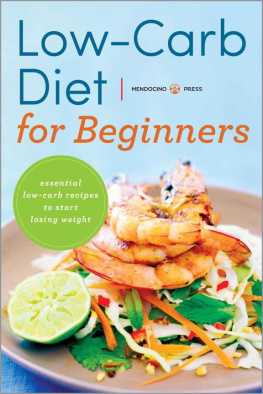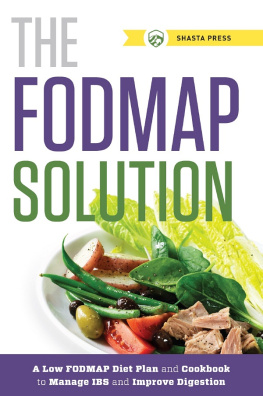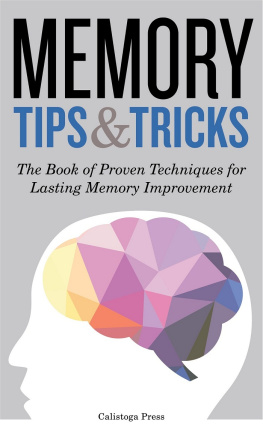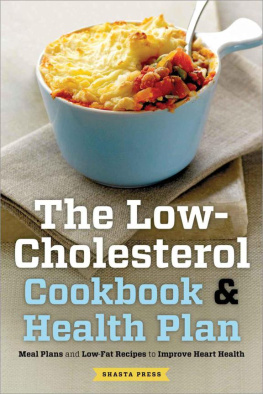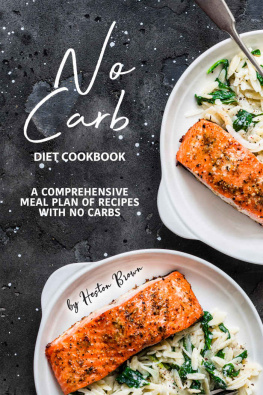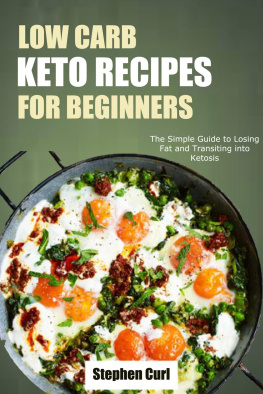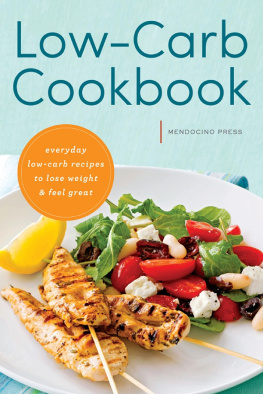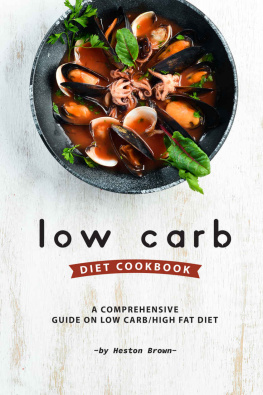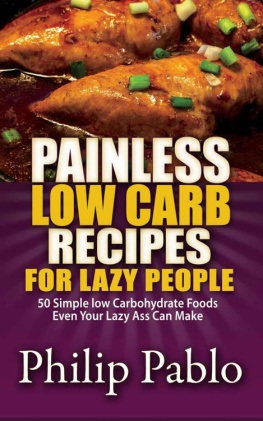
Copyright 2013 by Mendocino Press, Berkeley, California
No part of this publication may be reproduced, stored in a retrieval system or transmitted in any form or by any means, electronic, mechanical, photocopying, recording, scanning or otherwise, except as permitted under Sections 107 or 108 of the 1976 United States Copyright Act, without the prior written permission of the Publisher. Requests to the Publisher for permission should be addressed to the Permissions Department, Mendocino Press, 918 Parker St, Suite A-12, Berkeley, CA 94710.
Limit of Liability/Disclaimer of Warranty The Publisher and the author make no representations or warranties with respect to the accuracy or completeness of the contents of this work and specifically disclaim all warranties, including without limitation warranties of fitness for a particular purpose. No warranty may be created or extended by sales or promotional materials. The advice and strategies contained herein may not be suitable for every situation. This work is sold with the understanding that the publisher is not engaged in rendering medical, legal or other professional advice or services. If professional assistance is required, the services of a competent professional person should be sought. Neither the Publisher nor the author shall be liable for damages arising herefrom. The fact that an individual, organization or website is referred to in this work as a citation and/or potential source of further information does not mean that the author or the Publisher endorses the information the individual, organization or website may provide or recommendations they/it may make. Further, readers should be aware that Internet websites listed in this work may have changed or disappeared between when this work was written and when it is read.
For general information on our other products and services or to obtain technical support, please contact our Customer Care Department within the U.S. at (866) 744-2665, or outside the U.S. at (510) 253-0500.
Mendocino Press publishes its books in a variety of electronic and print formats. Some content that appears in print may not be available in electronic books, and vice versa.
TRADEMARKS Mendocino Press and the Mendocino Press logo are trademarks or registered trademarks of Callisto Media Inc. and/or its affiliates, in the United States and other countries, and may not be used without written permission. All other trademarks are the property of their respective owners. Mendocino Press is not associated with any product or vendor mentioned in this book.
ISBN Print 978-1-62315-318-2 | eBook 978-1-62315-319-9
Contents
Introduction
W elcome to Low-Carb Diet for Beginners. Its more than likely that youve picked up this book because you want to lose weight. As youll learn here, many people successfully lose weight by reducing the carbohydrates in their diets. Low-carb diets also have many other health benefits, including:
Alleviating depression
Increasing energy
Improving cholesterol levels
Reducing insulin resistance
Preventing diabetes
Low-carb diets have become extremely popular in recent years for the simple reason that they are easy to follow and are a quick and relatively painless solution to many health issues, including excess weight, sluggishness and fatigue, and poor mood. Sticking to a low-carb diet can help you conquer sugar cravings, and it can regulate your blood sugar and certain hormones that control appetite and satiety. As a result, youll lose weight, decrease your blood pressure, reduce your risk of diabetes and other diseases, increase your energy, and boost your mood.
In most low-carb diets, there are no restrictions on portion size, or on amounts of calories, fat, sodium, or cholesterol you consume. For this reason, low-carb diets are very appealing to those who enjoy eating and arent inclined to painstakingly count the calories of everything they eat throughout the day. A low-carb diet requires restricting only the amount of carbohydrates you eat, with per-day carbohydrate limits ranging from 50 to 100 grams, depending on your size, activity level, and other factors. Refined grains and added sugars are entirely off the menu, but many other foods can be enjoyed virtually without a care.
Whether youve tried a low-carb diet before or this is the first time youve given it any thought at all, you might think that youll have to give up all the foods you love most. Happily, this book will show you thats not true. In fact, many of your favorite foods can still be on your menu.
If you are trying to lose a few (or many) pounds, control your blood sugar, reduce your blood pressure, have more energy, reduce cravings, or alleviate symptoms of depression, a low-carb diet may very well be the answer youve been looking for.
Low-Carb Diet for Beginners is filled with information that will help you tackle these issues and more. You will find all of the basic information you need to better understand low-carb eating and to learn how to make changes in your eating habits. This book provides:
An introduction to low-carb diets, how and why they work, and the truth about many common low-carb diet myths
A basic low-carb eating plan
Numerous easy, quick, and delicious recipes that fit the plan
The book is divided into two parts. provides an overview of low-carb diets, a detailed explanation of the science behind low-carb eating and how it affects your weight and general health, and an examination of the health benefits of low-carb eating. It also provides a guide to getting started with low-carb eating, and offers tips for reading nutrition labels, grocery shopping, stocking your pantry, and low-carb cooking. It answers many commonly asked questions about low-carb diets, debunks common myths about low-carb diets, and explains the difference between good carbs and bad carbs. Finally, a seven-day meal plan shows you what low-carb eating looks like on a day-today basis.
offers low-carb recipes that will help you to make quick and simple meals that are very low in carbs but full of delicious flavor. With these recipes in hand, youll begin your low-carb diet by eating meals that truly satisfy you. Since youll be eating foods you love and are enjoying your meals, youll be more likely to stick to the diet for the long term. Before you know it, youll be well on your way to better health.

PART ONE
The Low-Carb Diet


CHAPTER 1
What Is a Low-Carb Diet?
A low-carbohydrate diet is any diet plan in which carbohydrates are limited. Carbohydrates, often called carbs, are nutrient compounds found in a wide variety of foodsboth healthful and unhealthfulincluding bread, legumes, dairy products, potatoes, broccoli, apples, pasta, soda, corn, and chocolate. The most common forms of carbohydrates are sugar, fiber, and starch.
The quantity of carbohydrates a person can eat on a low-carb diet varies widely from person to person. The goal is to find a level that works for you, the level where you lose weight and feel great. For most people, carbs will be about 20 percent (or less) of their daily caloric intake. For the average 2,000-calorie-per-day diet, that means about 100 grams of carbohydrates are allowed per day. In most low-carbohydrate diets, refined grains (white flour, white rice, etc.) and added sugars are considered mostly, if not entirely, off limits. There are many different low-carb diet plans, including Atkins, the Zone Diet, Protein Power, Sugar Busters, South Beach, the Paleo or Caveman Diet, and many others. While these diets all differ from one another, the one thing they have in common is that they severely restrict dietary carbohydrates and rely on protein and fats for the majority of daily calories.
Next page
